الهند
INDIA’S LINK WITH SILK TRADE ROADS
Ramnath Singh Fonia, M.Phil, Ph.d
There are four corridors which link India with ancient Silk Roads. (i) The road through high Tibetan plateau and down to the Ganges – to Sravasti. (ii) The Road through valleys and mountains of western Nepal to the fertile valleys of the Ganges. (iii) The Silk Roads through the Karakoram via Srinagar, Leh and Sangju Pass covering Western Himalaya. (iv) The road down the Ganges – Delhi to Chandraketugarh in West Bengal.
The present study focuses on the trade links of India with ancient Silk Roads through Karakoram Pass in western Himalaya with two fold objective – First, to understand the cultural geography and traditional society of the western Himalaya which has been changed beyond expectation; Second, documentation of common archaeological sites and monuments along the silk trade road which covers vast geographical area from the surrounding areas in the Trans- Pamir, Xin-jiang, Ladakh Kashmir and Swat and covers vast span of time and provide cultural continuity from pre-historic to historic period.
The western Himalayan region which extends from Chitral in the extreme west to the Uttrakhand Himalaya in the east consists series of great mountain ranges i.e. Hind Kush, the Pamir the Karakoram, the Great Himalayas and behind it lies the Great table land of Tibet.
Ladakh situated on the upper Indus is the main centre of important trade networks of both long distance trade and local trade.
Indeed it is a meeting place of several trade roads coming from Yarkand, Punjab and Kashmir. The six passes from Uttrakhand Himalaya and passes from Lahul and Spiti, meet the Leh-Lahasa road at Gartok. The physical condition of the western Himalayas clearly shows that the Himalayan economy was dependent upon its trade with Central Asia and China.
The flora and fauna of the Western Himalaya forms natural resources which have been used by its inhabitants in different ways. Thus the natural resources of the Himalayas also acted as a meaningful force in the development of stock breeding and agriculture production. The archaeological researches conducted in the region revealed that the Bactrian Camel, Yak, Horse, Wild Goat and Wild Buffalo have been domesticated since the early phase of the Neolithic stage.



At the subsistence level, the food grains grown in the lower Indus valley of the Indus River were exchanged with wool and salt from the Chang Thang region of Ladakh and western Tibet. Although no seals have been noticed in the region to witness the trade agreement between the trading partner of Tibet and Ladakh, as per local tradition the primitive form of trade agreement was known as Singchyad (piece of wood). It was usually a piece of wood or stone broken into two pieces marked with their identity retained by each party in order to be tallied to ensure the trade contact. This was followed by some rituals to strengthen the relationship and also to gain confidence as mark of reputation for honesty. Later, when the composition of trade items increased and also within the event of development of long distance trade, it was recorded on written promissory note by giving details of transaction of trade.
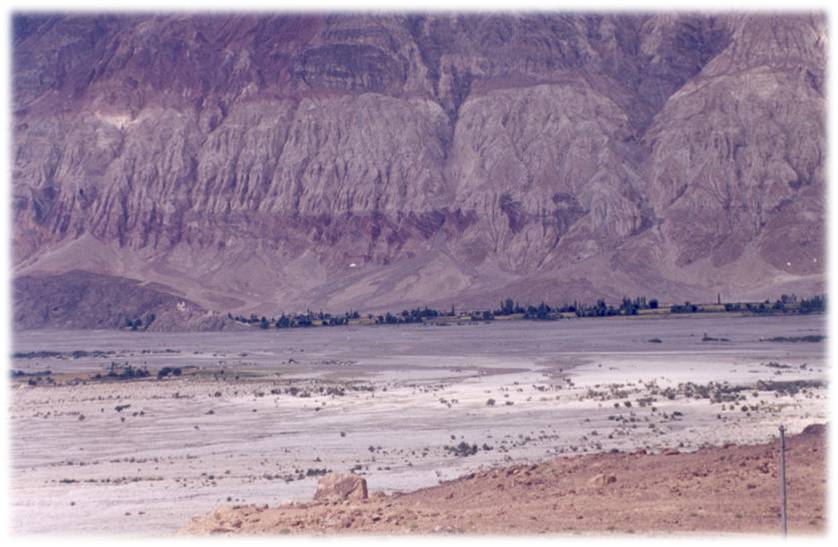
The pashmina wool trade has also formed a continuous old trade relationship between Tibet and Kashmir.

Fairs, festivals and periodical marts were the main centres of commercial gathering and marketing. To meet the mutual requirements a social need was felt to hold periodical fairs throughout the western Himalayan region.
The articles which found their way into Central Asia through the passes of the Himalayas consisted of food grains, cotton, dyeing material, gunny bags, utensils, etc dry fruits, silk, saffron, shawls and works of arts from the Western Himalayas and precious and semi precious stones, herbs, gold dust, musk, salt, borax and pack animals from Tibet.
The significance of Himalayan Trade with Central Asia through Karakoram pass not only lies in the items exchanged but also in the employment opportunities. It provided to many sections of skilled and unskilled Himalayan population; it encouraged cultivation of crops in the hilly and rugged land and also provided large grazing grounds along the Indus, Sutlej and Ganga and rivulets and shelters near hot springs for sheep rearing. Trade ensured the promotion of art, religion and folk industries and also created harmonious and cordial relationship among various communities. The Himalayan heritage also helps the present generation to recognise the interdependence of people, nature and environment.
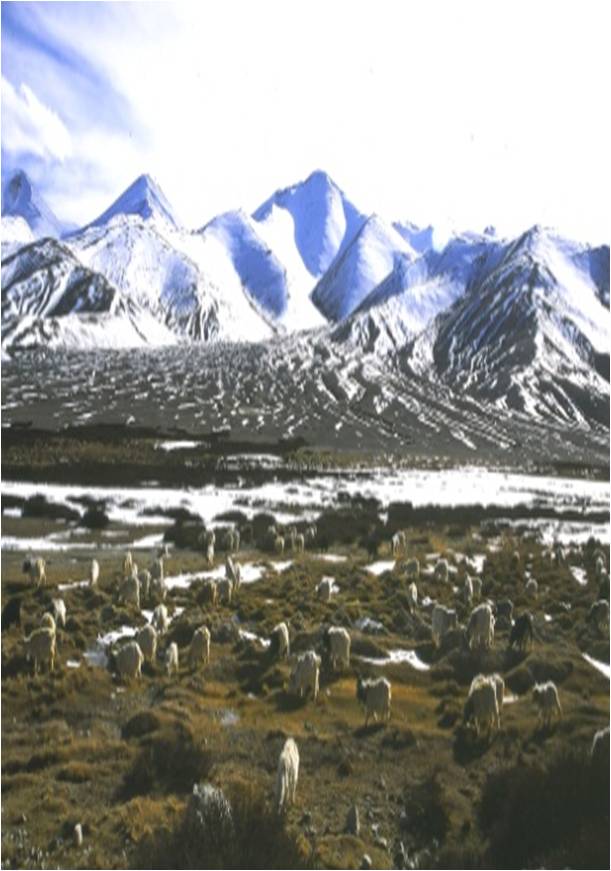
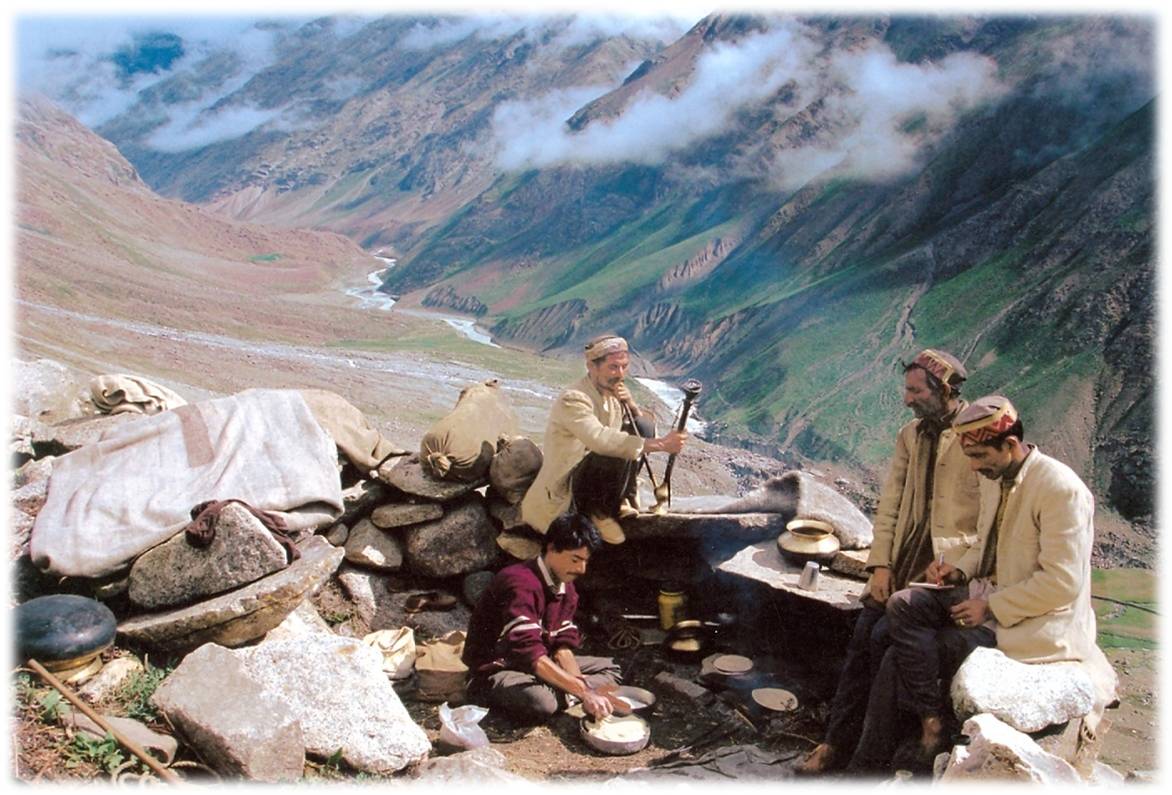
The present situation in the Himalayas marks an unprecedented departure from anything known in the past. However, in the past, economic and religious situations were very often interrelated commerce, art and religion was closely inter-linked and much of this represented a happy combination by which monuments of great intensity flourished.
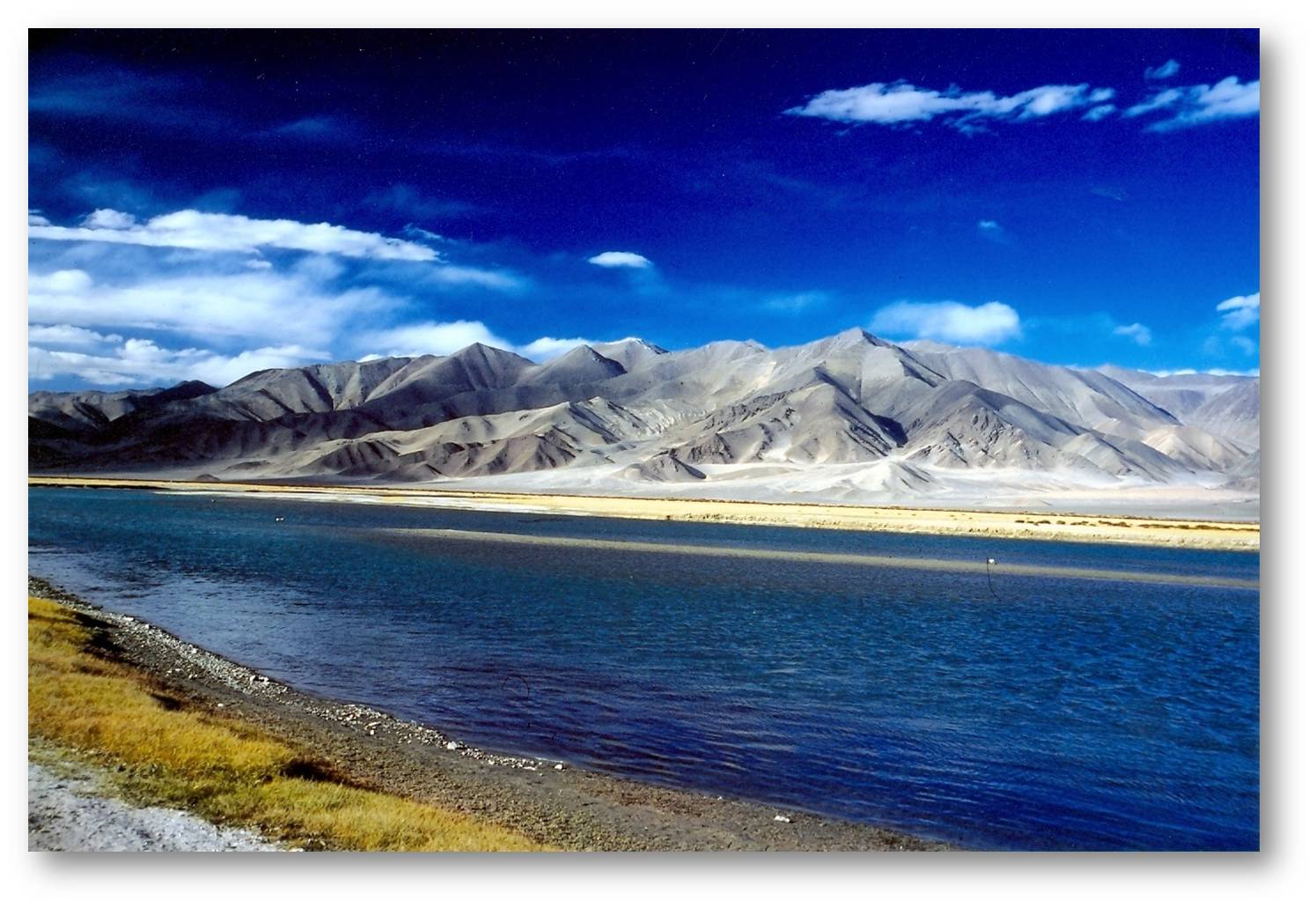
PAST EFFORTS AND ONGOING ACTIVITIES:
· Four corridors from India have been identified on preliminary basis.
· Uttarapatha or more commonly known as Grand Trunk Road is one of the oldest and largest road of South Asia. An international conference on Transnational nomination and also to support promotion of cultural relation among various SAARC countries is proposed to be held in India.
· The monuments and sites located along this road comprises of prehistoric settlement, Harappan sites, Buddhist Stupas & Monasteries, Temples, Forts, Tombs, Pavilions , Bridges, Gardens, Sarais (halting places), Kos minars (mile stones), Baolis (wells) etc. These remains survive till date and some of them have also been excavated providing a cultural continuity from prehistoric to modern times.
· Some of the important historical places lying on this road are Kabul, Peshawar, Attock, Lahore, Attari (Wagha border), Amritsar, Jalandhar, Ludhiana, Ambala, Karnal, Kurukshetra, Delhi, Mathura, Agra Kanpur, Allahabad, Benaras, Sasaram, Patna, Dhanbad, Burdwan and Kolkata. All these places invariably contain relics in different forms associated with the development of culture in the context of trade and commerce. The range of cultural relics along the GT road is indeed vast.
· Some important school of art such as Taxila, Mathura, Sarnath and Sena flourished in this road. This road is also known as path of song.
· 12 sites from India which are historically of direct relevance and thematically related to Silk Roads have been selected for inclusion in the Tentative list of the serial WH nominations- Vikramshila (Antichak, Bihar), Vaishli (Bihar), Kaushambi (UP), Kushinagar (UP), Sravasti (UP), Ahichchhatra (Bareilly, UP), Indraprastha (Old fort Delhi) Sanghol (Ludhiana, Punjab), Harwan (Srinagar, Jammu & Kashmir), Arikamedu (Pondicherry), Kaveripattinam (Nagapattinam, Tamil Nadu), Shuraparaka (Nala Sopara, Mumbai, Maharashtra).
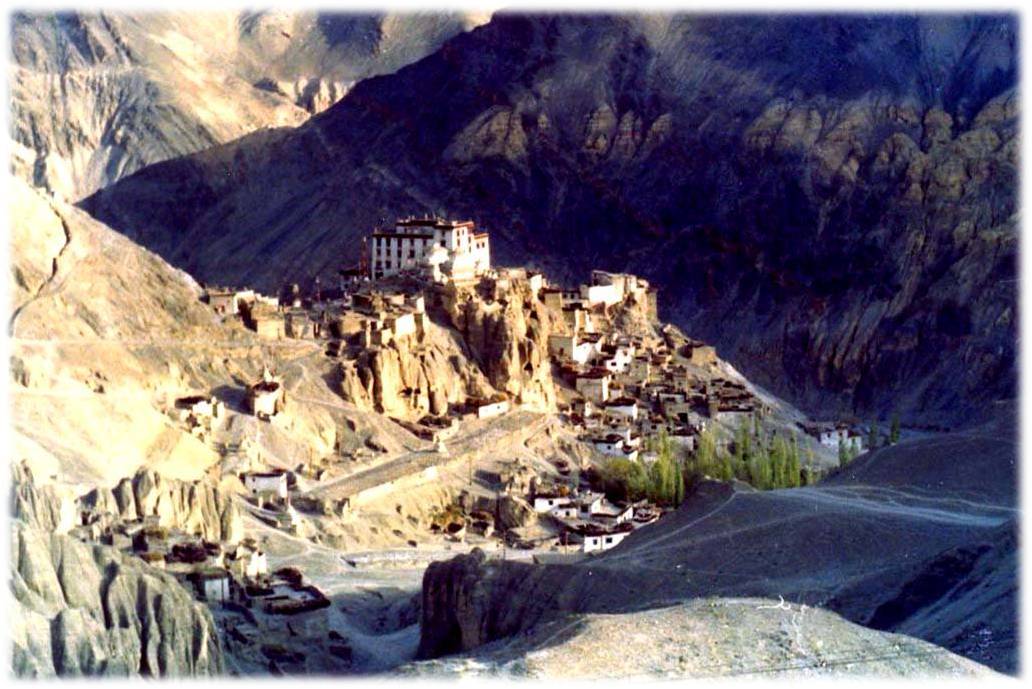
· Monument and sites along the Uttarapath or Grand Trunk Road are proposed in the tentative list of world Heritage list.

Fourth Coming Silk Roads Initiative:
· Project ‘MAUSAM’ was launched in 2014 with the objective – to create comprehensive database of coastal sites and UNESCO web platform on Indian Ocean Maritime Silk Roads.
· Trans-national nomination of Maritime Road, listing of sites, intangible heritage and inscription in the memory of World Heritage register.
· To establish a unique ‘Cross Cultural Conventions approach’ for UNESCO to be followed as a role model for sustainable development and sustainable tourism.
EXPECTATIONS:
· Reviving lost linkage with various countries.
· To connect new bridges of co-operation and cultural interaction.
· At national level, it is designed to link among several institutions at state and central level to create sustainable model for protection and preservation of tangible and intangible heritage.
· At regional and local level, outreach programme through training and workshops, advocating for sites in identified states for inscription in World Heritage list.
The need of the hour is to create favourable and sustainable conditions for expansion and proliferation of trade through the Silk Roads which shall go a long way in restoring its former glory.




